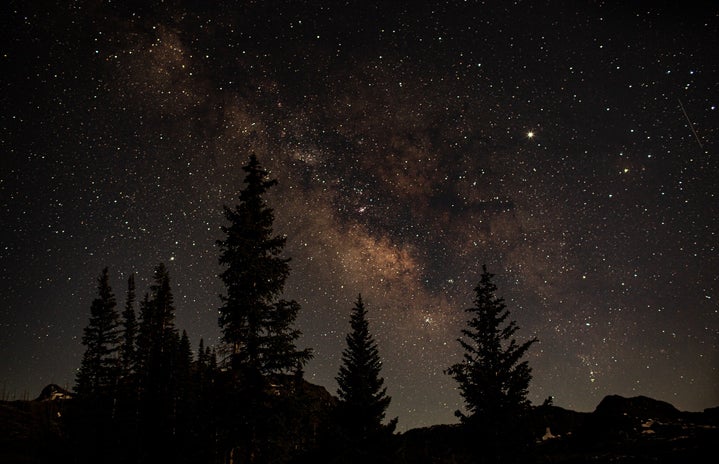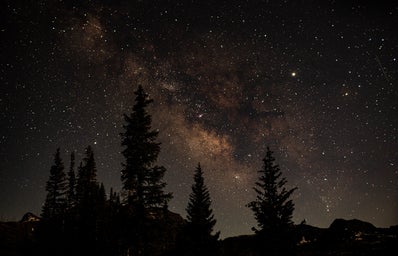“Do not go gentle into that good night,
Rage, rage against the dying of the light.”
– Dylan Thomas
The stars that shine against the dark sky as the sun sets beyond the horizon; night is that time of the day when darkness rules undeterred. ‘Night’ seems like a simple enough word, but it holds different powers, feelings, and meaning for different people. More often than not, it is considered to be scary, evil, cruel, and mysterious. Night as Dylan Thomas had imagined, is synonymous to death itself. Cold but peaceful, something people may be afraid of, but eventually have to accept as its serenity lies in its harshness.
“ You are like
Night, calmed,
Constellated.
Your silence
Is star-like,
As distant,
As true.”
– Pablo Neruda
Inspired by its raw beauty, many artists have romanticized the peculiar ‘Night’. It has also tickled the fantasy of many thinkers in the past who sought to understand its true nature. While astronomers and philosophers questioned the dark sky every time they saw the sun sink.
The fear of Night has been so prominent for humans that artists have taken this very fear and turned it into every dark emotion there is. It is arguably the most romantic time, but then again, they call that the crime of passion. While love is sweet for many it is sour of many more.
The colours associated with night were consistently linked with evil and villainy. This is prevalent in children’s content to this day. While pastel colours are shown to represent a soothing and pure aura, darker colours stand for evil. In the modern context, Disney and Nickelodeon pile up and enforce this idea. Any character giving in to the dark side will have prominent night scenes. Jade West from Victorious, shown as the cynical one of the bunch, is often seen in dark clothes, makeup, and loves the night. Goosebumps, as an entire series hover around night time. When Maleficent was engulfed by evil, her world turned into dark shadows. Not to mention all the antagonists that thrive during the night in dark attires, behind tinted windows.
“Have mercy dear night.
Don’t bring into existence
the longings we hide.”
– Akif Kichloo
Cambridge Dictionary defines night as that part of every 24 hours when it is dark because there is minimal sun. Where exactly does this negative stigma around night arise?
The fear of night naturally comes from the physiological connection of night’s ambient darkness to the fear of the unknown and the ability of night to obstruct a significant sensory system: sight. Back when we were not at the top of the food chain, the prime time for our predators to attack was at night. It was our ancestor’s most significant weakness as night time endangered a human’s existence. Though the era of living in the wilderness is long gone, the fear itself is far too deep within us to move on.
And why shouldn’t it be? Even though the jungle is now made of concrete, the predators still lurk in the darkness, and that is what children have learned through centuries; Cinderella had to come back before midnight or the magic that protected her would disappear. Ghosts, devils, vampires exist only when the sun goes down. The essence of being in harm when vision becomes dull still exists.
But mankind has learned to conquer the night, the city lights that now adorn the skyline has the night owls thriving. They have made the night a little less mysterious, a little less frightening, and maybe a little less serene.


